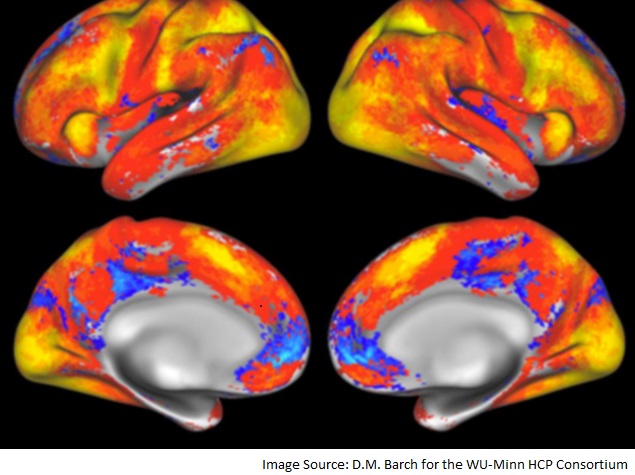- Home
- Science
- Science News
- US NIH Presents 10 Year Plan for BRAIN Project
US NIH Presents 10-Year-Plan for BRAIN Project

A working group of the US National Institutes of Health (NIH) has presented a 10-year plan for the agency's portion of a major neuroscience initiative announced last year by President Barack Obama.
The blueprint provides substantive specifics for the NIH's contribution to the Brain Research through Advancing Innovative Neurotechnologies (BRAIN) initiative.
The document lays out seven priority research areas and goals, including identifying all cell types in the brain, developing technologies to watch the brain in action, and creating systems to make sense of the immense amount of data that will be generated.
According to Partha Mitra, a neuroscientist at Cold Spring Harbor Laboratory in New York, the report highlights many directions rather than working toward a single, defined endpoint.
"There is clearly recognition that this is not the Human Genome Project," he said.
The project will also focus heavily on the development of technologies for observing and manipulating the brain.
The total 2014 budget for the BRAIN project is $110 million, of which the NIH received $40 million with the rest going to the National Science Foundation and the Defence Advanced Research Projects Agency, said a report in the journal Nature.
The working group presented the 146-page report to NIH director Francis Collins' advisory council meeting, at the NIH campus in Bethesda, Maryland, recently.
Catch the latest from the Consumer Electronics Show on Gadgets 360, at our CES 2026 hub.
Related Stories
- Samsung Galaxy Unpacked 2025
- ChatGPT
- Redmi Note 14 Pro+
- iPhone 16
- Apple Vision Pro
- Oneplus 12
- OnePlus Nord CE 3 Lite 5G
- iPhone 13
- Xiaomi 14 Pro
- Oppo Find N3
- Tecno Spark Go (2023)
- Realme V30
- Best Phones Under 25000
- Samsung Galaxy S24 Series
- Cryptocurrency
- iQoo 12
- Samsung Galaxy S24 Ultra
- Giottus
- Samsung Galaxy Z Flip 5
- Apple 'Scary Fast'
- Housefull 5
- GoPro Hero 12 Black Review
- Invincible Season 2
- JioGlass
- HD Ready TV
- Laptop Under 50000
- Smartwatch Under 10000
- Latest Mobile Phones
- Compare Phones
- Honor Win RT
- Honor Win
- Xiaomi 17 Ultra Leica Edition
- Xiaomi 17 Ultra
- Huawei Nova 15
- Huawei Nova 15 Pro
- Huawei Nova 15 Ultra
- OnePlus 15R
- Asus ProArt P16
- MacBook Pro 14-inch (M5, 2025)
- OPPO Pad Air 5
- Huawei MatePad 11.5 (2026)
- Xiaomi Watch 5
- Huawei Watch 10th Anniversary Edition
- Acerpure Nitro Z Series 100-inch QLED TV
- Samsung 43 Inch LED Ultra HD (4K) Smart TV (UA43UE81AFULXL)
- Asus ROG Ally
- Nintendo Switch Lite
- Haier 1.6 Ton 5 Star Inverter Split AC (HSU19G-MZAID5BN-INV)
- Haier 1.6 Ton 5 Star Inverter Split AC (HSU19G-MZAIM5BN-INV)

















